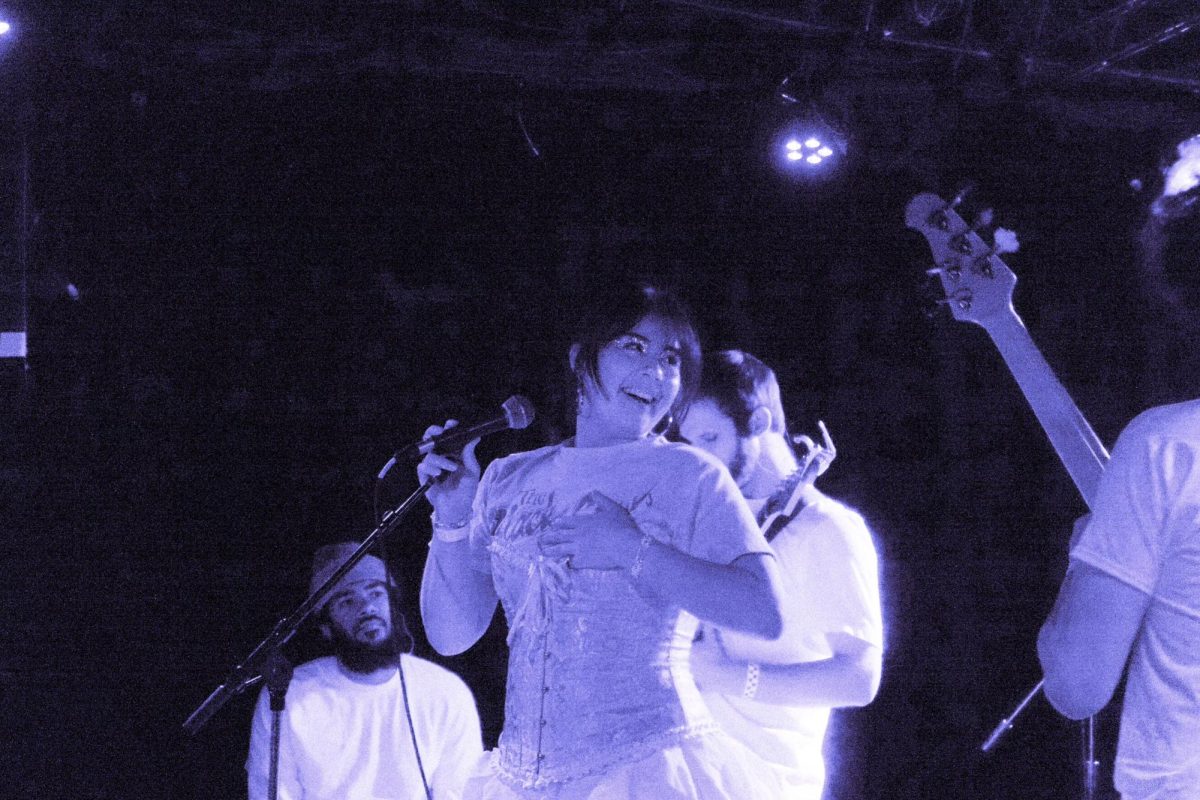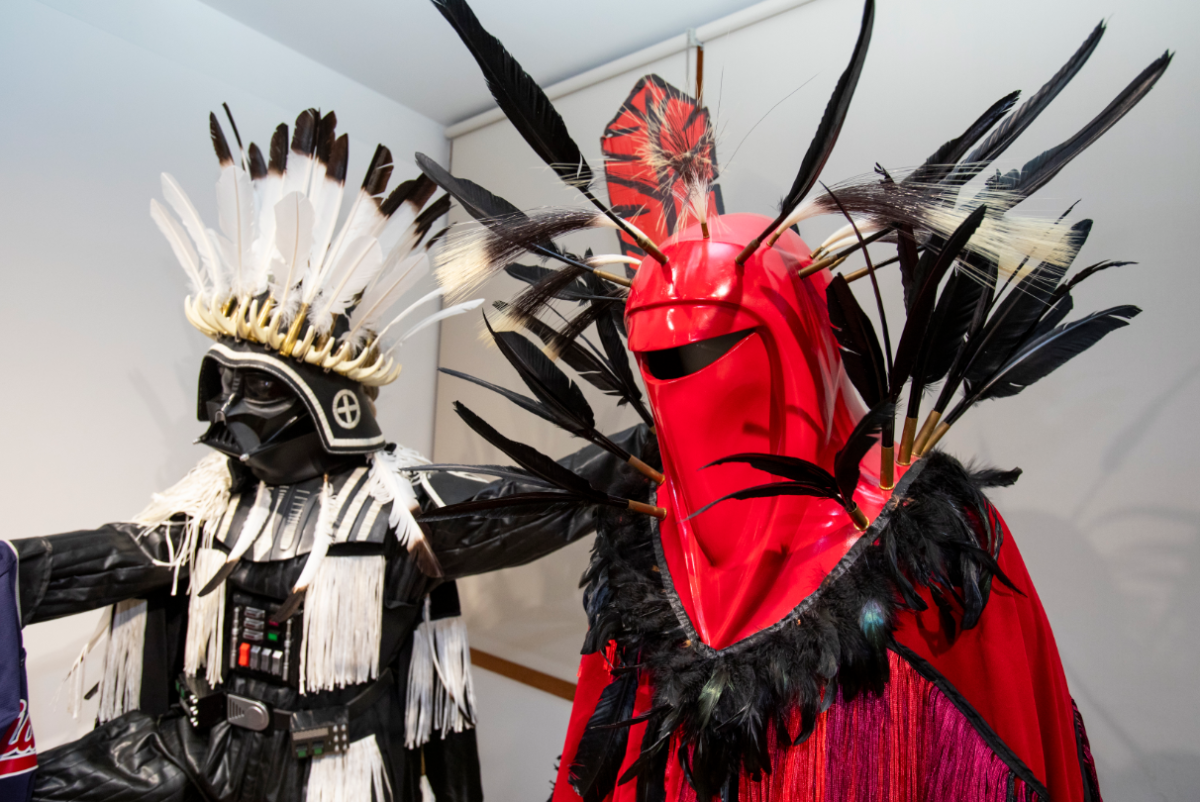The University of Minnesota Theatre, Arts and Dance Department performed two Shakespeare plays on Thursday and Friday, celebrating what the BFA acting program called a “Shakesperience.”
The two plays included the original Shakespearian language while remaining thoroughly engaging to a modern audience. Directed by John Maclay and performed by the BFA acting class of 2025, the University students’ performance of “Cymbeline” and “Pericles” ignited the crowds.
Both plays featured a sparse set and minimal costume design, according to Qiuxia Welch, the marketing, communications and front-of-house director for the University’s theater, arts and dance program. The minimal sets and wardrobe in the performances helped the students focus on the text and content of the Shakespearean plays.
The acting program specifically works to incorporate classic texts like Shakespeare to develop the young performers in the program, according to the press release for the shows.
“In the program, students actually spend an entire semester in England studying Shakespeare because every year the second-year students in the BFA actor training program have to perform some form of Shakespeare,” Welch said. “This year, with ‘Cymbeline’ and ‘Pericles,’ it is unique because the plays are not produced much throughout history.”
“Cymbeline,” the first performance of the “Shakespearience,” told a sweeping story of a princess named Imogen and her lost lover Posthumus Leonatus. The story is interwoven with other members of King Cymbeline’s family, who are all marked by murder, kidnapping and betrayal.
The student actors in “Cymbeline” succeeded by leaning into the absurdist comedy of the characters. The students delivered monologues with audacity and benevolence fit for a 17th century performance in the Globe Theatre.
In “Pericles,” the students portrayed the perils of the titular character and his daughter Marina. Again, the actors leaned into the violence and turmoil of the characters to deliver a performance that can still resonate today.
While many contemporary interpretations of Shakespeare often lose the early modern English vocabulary, both performances leaned into the original text. At first, the unfamiliar vocabulary off-put the audience, but the second-year students used facial expressions and immense physicality to explain the context of what they were conveying.














